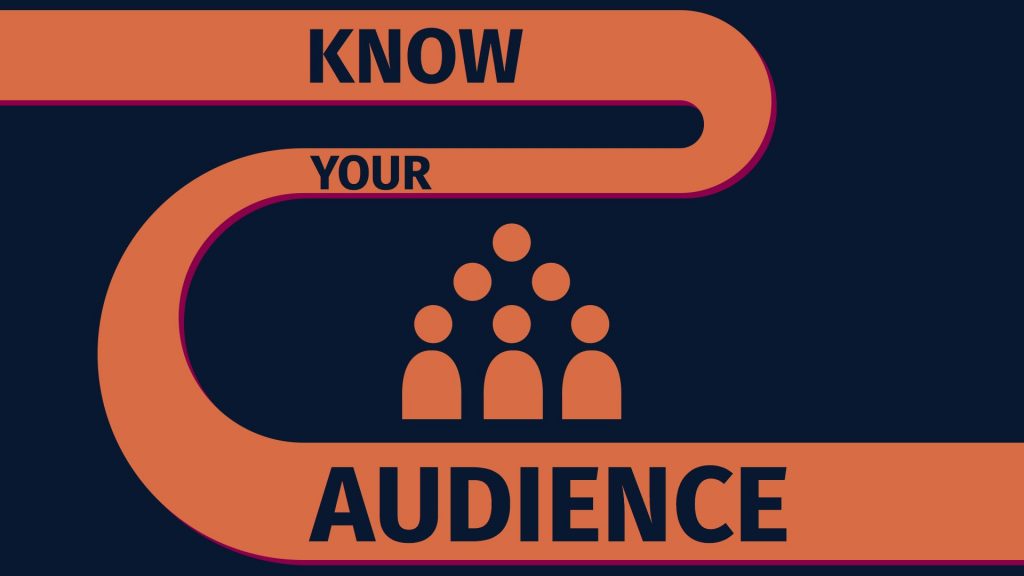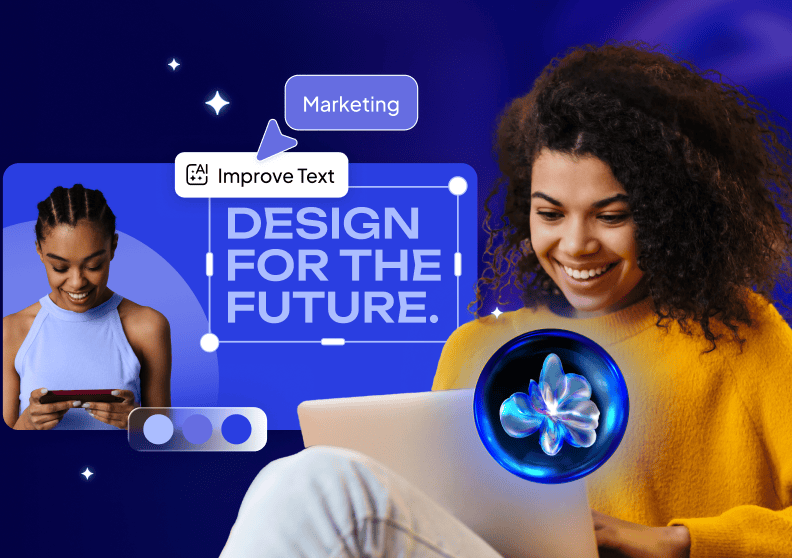The Secret to Crushing Your Next University Presentation
Dim the lights, slide into your seat and get ready for a quick power nap right? Well not quite. If you’re like me you’ve probably sat through some bleak university presentation where our phone screens or the view outside is more interesting than the black and white projector screen we have to stare at.
After about forever and a day, the presentation finally finishes and you don’t even remember what happened after the first minute. Now it’s your turn to deliver your presentation and the last thing you want is presenting to an audience that’s half asleep. How soul-crushing would it be to see that nobody cares about what you’ve worked tirelessly on for so many hours?
We guarantee that the time you invest in reading this article will provide immense value and skills to take forward for the rest of your life.
“Communication is the second most neglected skill that employers noted in graduates”
We can’t all be Steve Jobs and revolutionize the tech industry, but we can break down his and other great speech leaders methods and crack the formula to delivering a gripping university presentation.
What’s the Best Structure for your University Presentation?
Aristotle defined the structure of a show quite simply into 3 acts.
- A beginning
- A middle
- An end
You might think this is an obvious one but more often than not presentations go one of two ways
1.You’re thrown halfway into a complex problem with no context or introduction and you spend minutes trying to figure out what’s going on.
At this point, the audience has most likely lost interest. So make it clear as to what the presentation is addressing before you get into the facts.
2. Too much data, images and research is shown without any conclusion or end result.
If you can’t answer your own problem then you’ve left out the fundamental aim of your presentation so make sure to finish with an outcome and leave them on a high note.
The structure goes much deeper than this, however, great speakers are often compared to great storytellers.
The secret is ineffective storytelling
How is storytelling a strategy for presenting you might ask? Think of those classic films no one can forget about or that book you just can’t seem to put down.
We tried to figure out why they are so captivating. How can it keep our attention for so long and leave us wanting more when it’s done? Well, there are two basic storytelling mechanics used in literature and film that commonly show up;
Focus on the Characters
People relate to people the best. Not things, data or objects. So ask yourself, who is involved?
For example, a presentation about the recovery of a business in a downward economy? How does this affect your audience? Can you relate to them on a more personal level and share the feelings and emotions that come along with being in a disheartened and unmotivated position of trying to build a business back up.
Knowing who your audience is, and what they want is key. Use them as the subject and attempt to show them how your work can act as a solution to this problem.

A Changing Dynamic
Steve Jobs successfully developed a product that would go on to become a market leader in consumer products. His product was a solution to a problem. Most university presentations contain the data but they never quite satisfy a problem.
Show the audience what there currently is, and what you have done to make it better. But remember, it’s not about bending the facts to make a bigger impression. Your work still has to back up your statements.
Key Tip: Believe in your own story and deliver it with confidence.
Confidence
We have to throw this one in as a side note to effective storytelling because staring into space with a quivering voice isn’t exactly going to make you sound like the Morgan Freeman of speaking.
Steve Jobs would often deliver some of the best keynote speeches which later became a trend for all new product launches.
He would address his audience with phrases like, “This is the most beautiful… we’ve created to date”, “could you imagine what you could do with this…”.
By saying this, he evoked a response from his audience and convincing them to agree with him.
When you directly aim statements at your audience you can develop a personalized approach that is sure to get them thinking about your work. It’s also proven that eye contact with the front row can help establish credibility and believability.
Visuals
According to kissmetrics, in a digital world where media is taking over the advertising space, visual content should be at the forefront of your university presentation. We all know as students where our attention already is so use the same strategy in your presentation.
“When you consider that 65% of people are visual learners, 90% of information that comes to the brain is visual, and presentations with visual aides are 43% more persuasive, it makes sense to use content types which people have an innate psychological resonance with.”
There are over 400 million desktops currently running the PowerPoint application. That means almost every single student has probably used it to create some sort of presentation in the past. But it’s 2018 and using the same old, dated templates just won’t cut it anymore. To be innovative, your visuals have to be just as inspiring as the presentation you intend to deliver.
We have worked hard to develop some amazing free presentation templates on the Desygner application to get you started. Simply pick from thousands of free stock images to add some personality to your university presentation.
Make sure your slides are short, sweet and only show the most important bits from your work. No one wants to squint to read a thousand words in 20 seconds.
How to create engaging and powerful presentation slides on Desygner
Here are a few examples of some of the premade templates you can use to create your own engaging presentation slides. Simply add in your own information and add pages to keep a consistent theme.

See More of Our Templates Here
Educational, Emotional, Entertaining
Constantly ask yourself what your primary goal is with this university presentation. Many business leaders state that you need to be able to condense your idea into an elevator conversation. Essentially this means that you have 20 seconds to share your idea with someone in an elevator and it needs to make sense to them.
If you can’t do that, then you need to re-think your aim.
We like to think of it as the “3 E” rule. Are you trying to educate, evoke an emotion, entertain or maybe all three?
The most successful presentations and stories often have a fine balance of these. Remember though, it is a university presentation and will need to be quite formal, so keep the humor professional and don’t try to crack too many jokes.
At the end of your presentation, your audience should leave with more knowledge than they came in with and hopefully you can evoke an emotion within them. Emotion plays an important role as this is how people will remember your presentation over others.
Now that you have your structure, the confidence to perform, the tools to create a visually engaging presentation and a clearly defined aim, you can put your money where your mouth is and deliver the best university presentation you’ve ever done. We hope these presentation tips have helped you.
There’s only one thing left to do. Create your presentation using Desygner’s free presentation templates for your university presentation. Good Luck!






